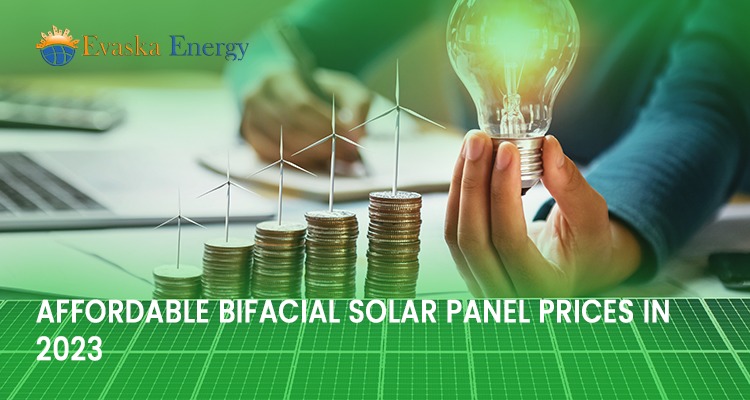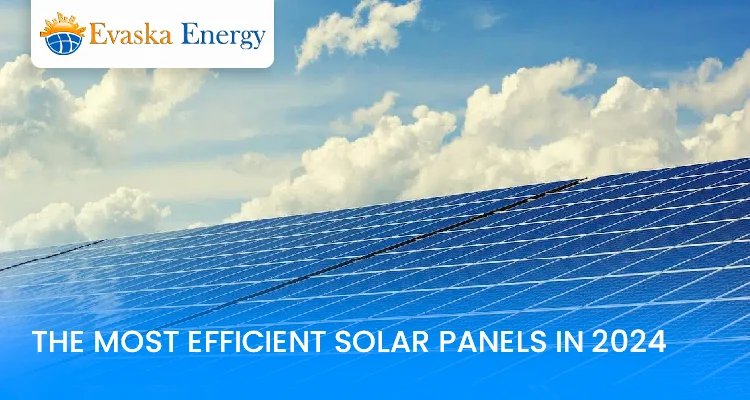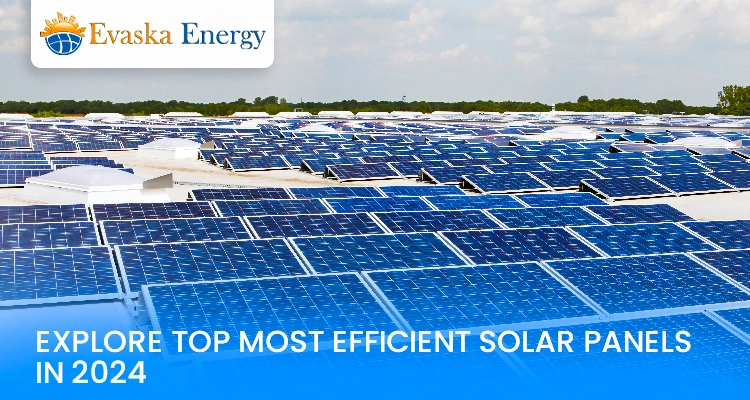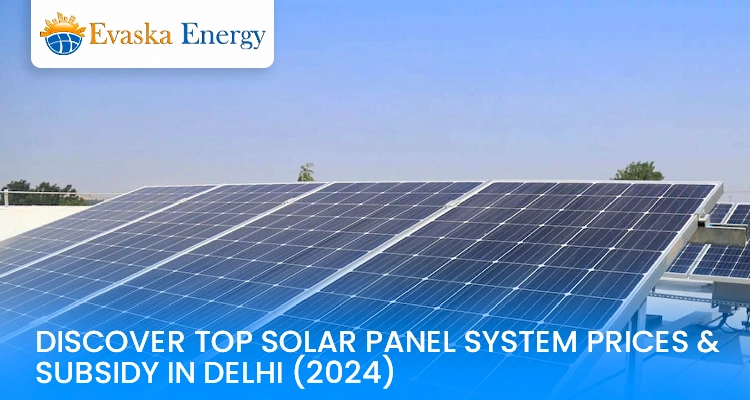Affordable Bifacial Solar Panel Prices in 2023
A solar panel that is bifacial is one that has exposed solar cells on both sides of the panel. For optimal solar energy harvesting, this enables sunlight to enter the solar cells from both the front and the rear.
This differs from conventional solar panels, which have a front side exclusively intended for sunlight absorption. The electrical circuitry of monofacial solar panels is often shielded and isolated by a frame and a back sheet composed of polymers.
Bifacial solar panels have a special translucent design that allows them to capture sunlight that is reflected off of the ground, water, or other surfaces. Bifacial solar modules are a great option for ground-mounted systems, carports, and more because of this.
Solar panels: Bifacial vs. Monofacial
Traditional or monofacial solar panels have a frame with an opaque backing, and its exposed front side can only produce energy when sunlight reaches it. Monofacial panels are thus more economical for flat rooftop installations. When monofacial panels are used, reflected light is lost because the back sheet covering the rear solar cells is opaque.
Some bifacial solar panels include tempered glass panes on both sides and a frame similar to conventional solar panels. Additionally, frameless bifacial panels are available, which clamp the tempered glass and solar cells together without the need for an opaque frame.
Bifacial solar cells may boost energy production in ground-mount systems by 11%, and by up to 27% if solar trackers are also included. However, bifacial systems cost around 10 to 15 Indian Rupees per watt more than monofacial systems.
Bifacial Solar Panel Installation Locations
In situations where sunlight can reach both sides, bifacial panels make sense.
Specific uses for bifacial solar panels include the ones listed below:
- Solar panels mounted on the ground
- Rooftop solar panels that are elevated
- Solar-powered Terrace
- Balcony
Bifacial Solar Panel Cost
Bifacial solar panels might increase your solar installation costs in India by 10 to 15 Indian Rupees per watt. If the additional power savings outweigh the initial high expenses, using bifacial panels is a wise move. However, monofacial panels could give greater value for your money and a faster return on your investment if that is not possible.
Depending on how many panels are needed, the price of solar bifacial panels might vary from INR 4.5 lakh to INR 9 lakh. Be aware that these bifacial solar panel prices only apply to the panels and do not account for installation, other parts, or labor expenses for the whole system.
Bifacial solar panels: Are they worthwhile?
With ground installations, outside buildings, and when raised on flat roofs, bifacial solar panels are economical. To produce more power, these panels expose the back of the panels to the sun. There is no need to search for specific equipment since bifacial panels utilize the same inverters as monofacial panels.
Following are some important conclusions involving bifacial panels:
Bifacial solar energy systems cost 10 to 15 Indian Rupees more per watt than conventional solar energy systems. However, throughout the course of your bifacial panels' lifetime, you may recoup the additional equipment cost when employed in the appropriate application.
In comparison to conventional models, you may need fewer panels to meet your power demands when employing bifacial PV modules in off-grid setups.
Bifacial panels should not be used in circumstances where their rear side will be entirely
concealed, such as flush roof installations. Since bifacial panels are more costly in this situation, you assume an additional equipment cost without realizing more energy savings. Your solar project's return on investment (ROI) may suffer as a result of this dynamic.
Bifacial panels are often used by large-scale solar developers in commercial settings to increase energy output per square foot. A significant benefit for developers who depend on imports is that bifacial panels are also free from particular import levies that apply to conventional panels.
FAQ
Can bifacial solar panels be installed on a roof?
Yes, however, raised solar systems on flat roofs are the only applications where bifacial panels are advised. The quantity of sunshine that reaches bifacial panels' backsides when they are installed on a roof using a conventional racking arrangement is little or nonexistent. There is little room for sunshine to bounce off the panels since there is hardly any space between them and the roof tiles.
Bifacial solar panels: Are they worthwhile?
Yes, if it is utilized properly. Ground-mount systems, raised systems on flat roofs, and outdoor structures like canopies and carports are all excellent candidates for bifacial solar panels. When all sides of the panel get sunshine, they are often more affordable.
However, since flush mounting will conceal their rear surface, installers do not advise using bifacial solar panels for conventional roof installations. Bifacial solar panels squander some of their power-generating potential because they only take in light from one side.








